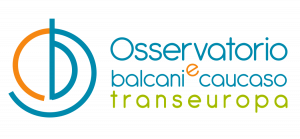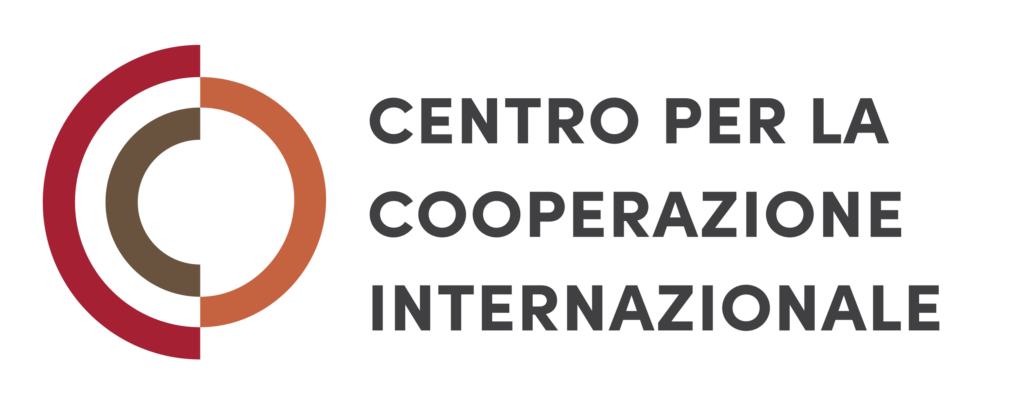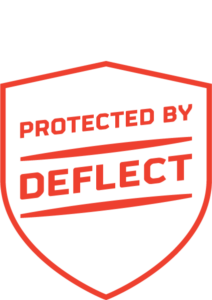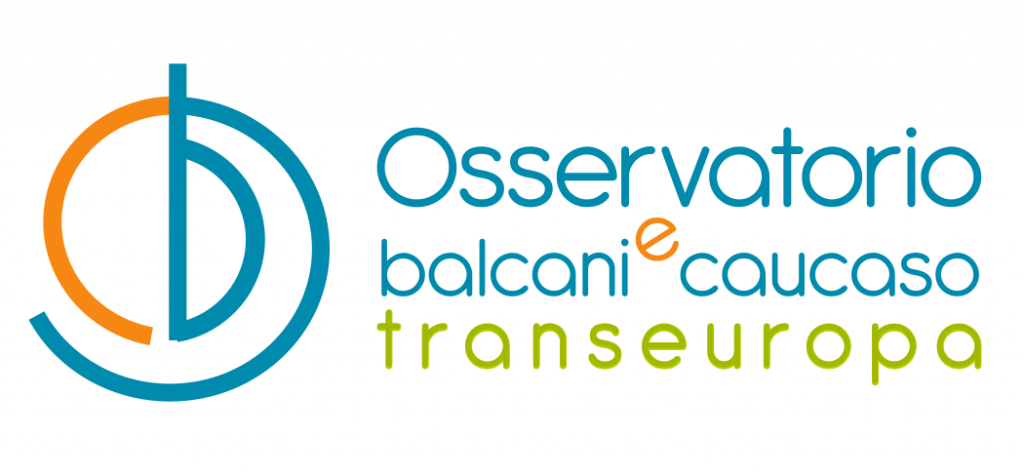From ethical brands to targeted grazing: “fireproof” landscapes involve communities
In the face of the threat of extreme fires, scientific knowledge and technical solutions are not enough: participatory policies and reasoned incentives are needed to respond to the economic and social needs of those who live in the territories

From-ethical-brands-to-targeted-grazing-fireproof-landscapes-involve-communities
Fire in Portugal © Paulo M. F. Pires /Shutterstock
Even if they escape control, extreme fires – like all fires – are largely the result of human action. The trigger is almost always man-made, as is the use and organization of the territory, which can transform it into a time bomb. Finally, the response to the emergency is human, often anchored to policies aimed at suppressing fire without considering its ecological role. The road to resilient landscapes, therefore, necessarily passes through the involvement of society. Not only through regulations and prescriptions, but by involving communities that live in the territories involved in the decision-making process, and by looking at their social and economic needs.
Natural phenomena, human responsibility
Even extreme fires start small. It is almost always man who triggers them, voluntarily or through errors and negligence. Also to make them grow to the point of becoming extreme, in addition to the weather conditions, a large quantity of highly flammable material is needed, a factor closely linked to human activities.
In addition to the choices by those who manage the forests, with the harmful predilection for monocultures and alien species, the care of the territories plays a fundamental role . This, in turn, depends on economic and social situations: in depopulated and service-poor territories, not only is fuel removal more scarce, but in the event of a fire there is a shortage of people capable of raising the alarm and the personnel needed to act in the first few minutes before things get worse.
It is not only the fire itself that determines the risk, but the presence and vulnerability of the assets and people involved.
The disorderly urban expansion in many regions, from the Mediterranean to those of Northern Europe, until yesterday almost untouched by fires, has eroded and blurred the boundary between forests and inhabited areas. This border, called Wildland Urban Interface (WUI), on the one hand often provides the ideal trigger (electrical circuits, cigarette butts, motor vehicles), on the other hand it represents the area at greatest risk for property and human life, as dramatically demonstrated by the fires in Los Angeles at the beginning of the year. Fire prevention measures exist in these areas, but in the case of extreme fires they are almost ineffective. Many initiatives promoted by Fire-Res try to raise awareness and draw up guidelines on the problem, through boards that involve different actors in the territories (Living labs ).
Planning with communities
For all these reasons it is unthinkable to address extreme fires only with a purely technical approach. José G. Borges, from the Centro de Ecologia Aplicada in Lisbon, is responsible for the project’s work package on "adaptive territorial management". Its task is to design the landscape with attention to the mosaic of resilient species by integrating knowledge from different disciplines to address the three phases of the fire management cycle: prevention, suppression and restoration.
“All of this is essential to the relationship with local stakeholders. If we want planning to be truly implemented, we need to bring people together and know how to involve them,” he explains. Knowledge of technical needs is not always enough to find real solutions. This is why some studies in Fire-Res support a real “co-design” of landscapes together with local stakeholders, to define criteria and priorities. Until now, policies to mitigate risk have been aimed primarily at preventing fires from breaking out, increasing surveillance and identifying those responsible for the blazes. In the era of extreme fires, however, it is at least as important to encourage sustainable agricultural practices that allow fires, when they occur, to remain manageable.
Fireproof land: economic incentives and “PES”
To make a landscape more resistant to extreme fires, several ingredients are needed: fuel reduction, a “mosaic” of plant species and land uses adapted to the context, but also a territory that is lived in, cared for and managed in such a way as to slow down the advance of the fire and facilitate rescue operations. All this is difficult without the active involvement of local communities that benefit, including economically and socially, from these very practices.
Cecilia Fraccaroli, researcher at the European Forestry Institute (EFI), conducted with colleague Sven Wunder a review of the scientific literature on economic instruments adopted globally to prevent and reduce fire risk. The measures identified are very diverse, ranging from direct subsidies, to payments for environmental services (PES), to product certifications and subsidized insurance.
In Europe, the most widespread are traditional economic subsidies, present in 47% of the cases analyzed. These are not necessarily indiscriminate funds: in some virtuous experiences, such as in the “Model villages” in Galicia (Spain), public funding is used to relaunch agriculture around inhabited centers, creating strips of cultivated vegetation that interrupt the continuity of the fuel and slow the spread of fire.
The second most common type of incentive (30%) is represented by PES – Payments for Environmental Services. In this case, land managers are not rewarded generically, but based on specific prevention activities, such as clearing the undergrowth or controlled grazing, which reduces flammable material. In most cases, this function is carried out through controlled grazing. This is the case of the 223 shepherds involved in the RAPCA program (Andalusia Firebreak-Pasture Area Network), who have been managing over 6,000 hectares of high-risk areas for years. And there is no shortage of examples in many other regions of Spain, up to the Canary Islands.
Labels and certifications: between agriculture and communication
There are also labels and certifications that reward products obtained with agricultural practices useful for fire prevention (“Value Chain Labels”).
There is no shortage of examples, and they often stand out for their creativity. Like Fire Wine , born in Catalonia and now being extended to various regions of Spain, Portugal and Italy. The project, coordinated by the Forestry Technology Centre of Catalonia (leader of Fire-Res), provides a brand for wineries that adopt good practices in the management of forestry land.
“Vineyards,” explains Soazig Darnay, a French geographer who is leading the project, “are widespread in many areas at high risk of fires, and if well-arranged they can create more resilient mosaic landscapes, also acting as natural barriers. We encourage winemakers to keep the vegetation between the rows clean and to manage the wooded areas, often owned by them, to reduce fuel and ensure access to emergency vehicles.” The idea, she anticipates, could also be extended to other typical Mediterranean crops, such as olives.
A similar project, also in Catalonia, is Ramats de Foc (“Flocks of Fire”), which certifies products such as cheese and meat from grazing animals used to reduce flammable vegetation.
Although promising, these practices have yet to fully demonstrate their long-term effectiveness. Some producers, for example in the wine sector, fear that an additional label will cause confusion. “These are still new tools,” admits Fraccaroli, “and the data available is limited. However, these initiatives strengthen social capital and recognition of the role played by farmers and shepherds in risk management.”
In addition to incentives and certifications, there are also disincentives, such as sanctions for negligent owners, differentiated insurance premiums, in which those who adopt good practices pay less, and green bonds, financial instruments dedicated to environmental interventions. “Many of these solutions,” concludes Fraccaroli, “are still not very widespread in Europe. The problem is not so much finding the right measure, but understanding where and to whom to direct it. For example, in Portugal, most of the forests are fragmented into small properties, precisely where the most serious fires are concentrated. But often, the incentives end up with the largest companies. Similar mechanisms appear almost everywhere.” The point, therefore, remains the gap between technical knowledge, politics and the reality of the territory. To overcome it, an integrated approach is needed, capable of bringing together economic tools, local knowledge and an understanding of the ecological dynamics of fire. It is not only a technical necessity, but the only way to restore a future to the most fragile territories in Europe.
This material is published in the context of the "FIRE-RES" project co-funded by the European Union (EU). The EU is in no way responsible for the information or views expressed within the framework of the project. Responsibility for the contents lies solely with OBC Transeuropa. Go to the FIRE-RES page
Tag: FIRE-RES









